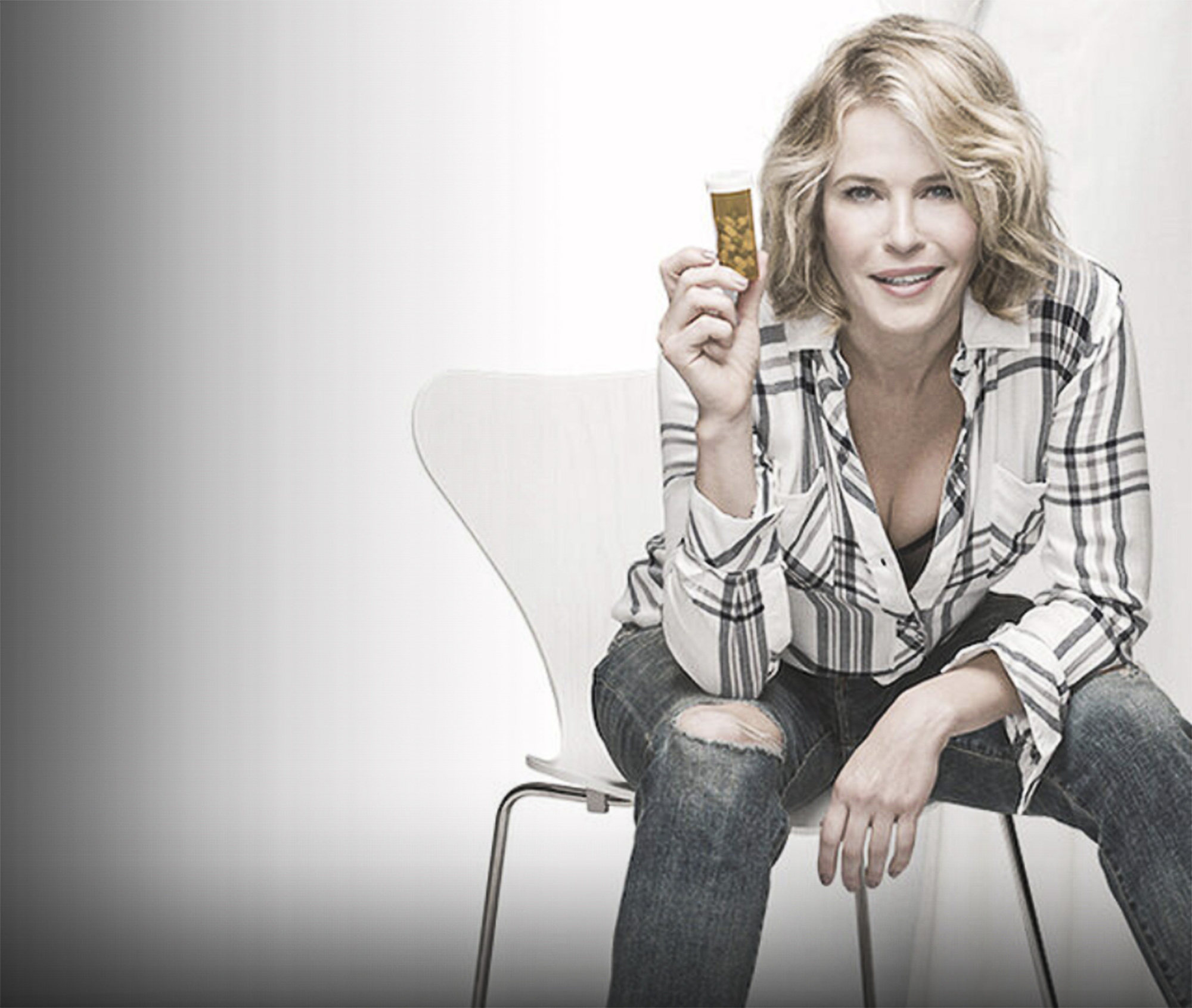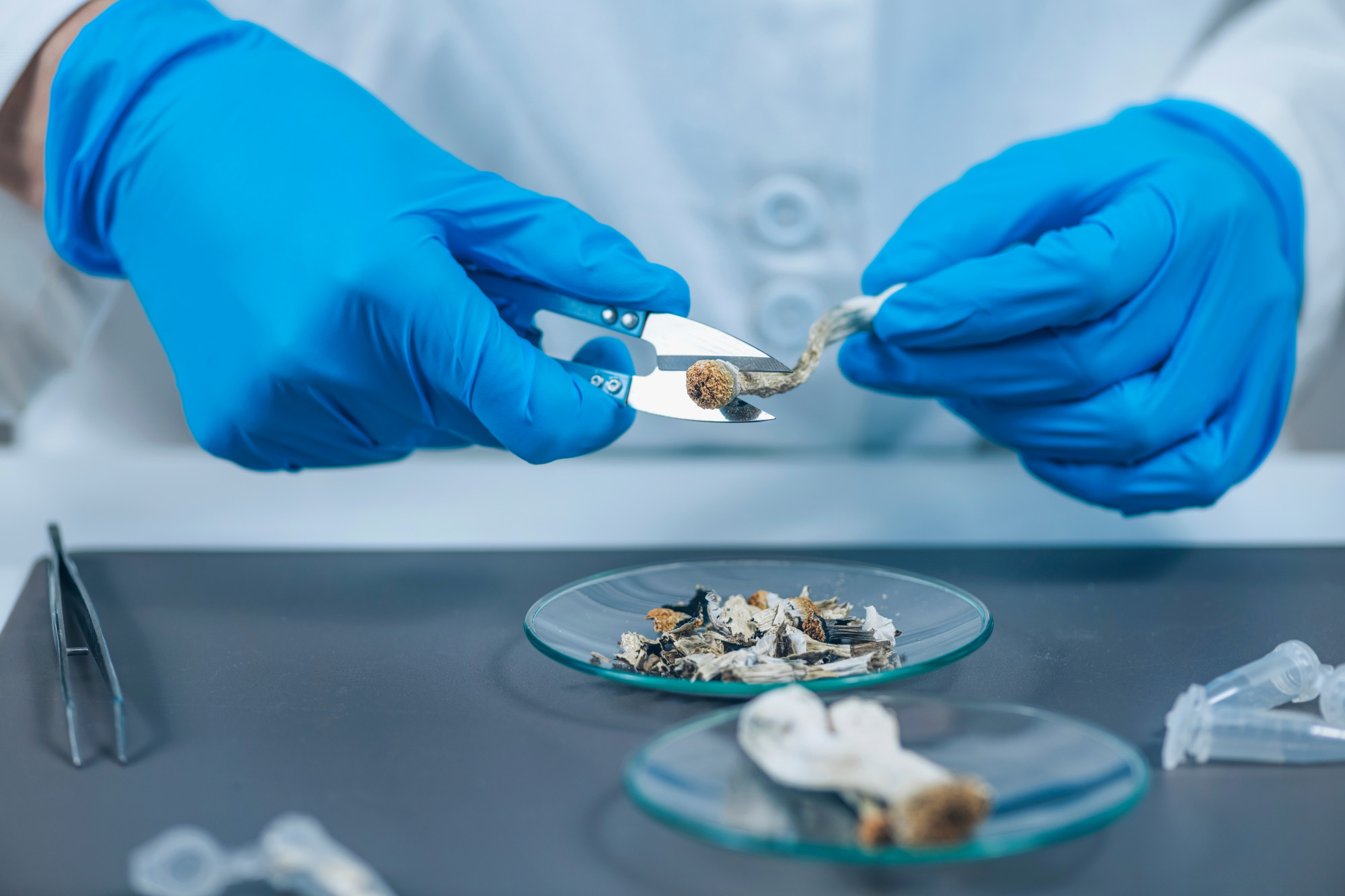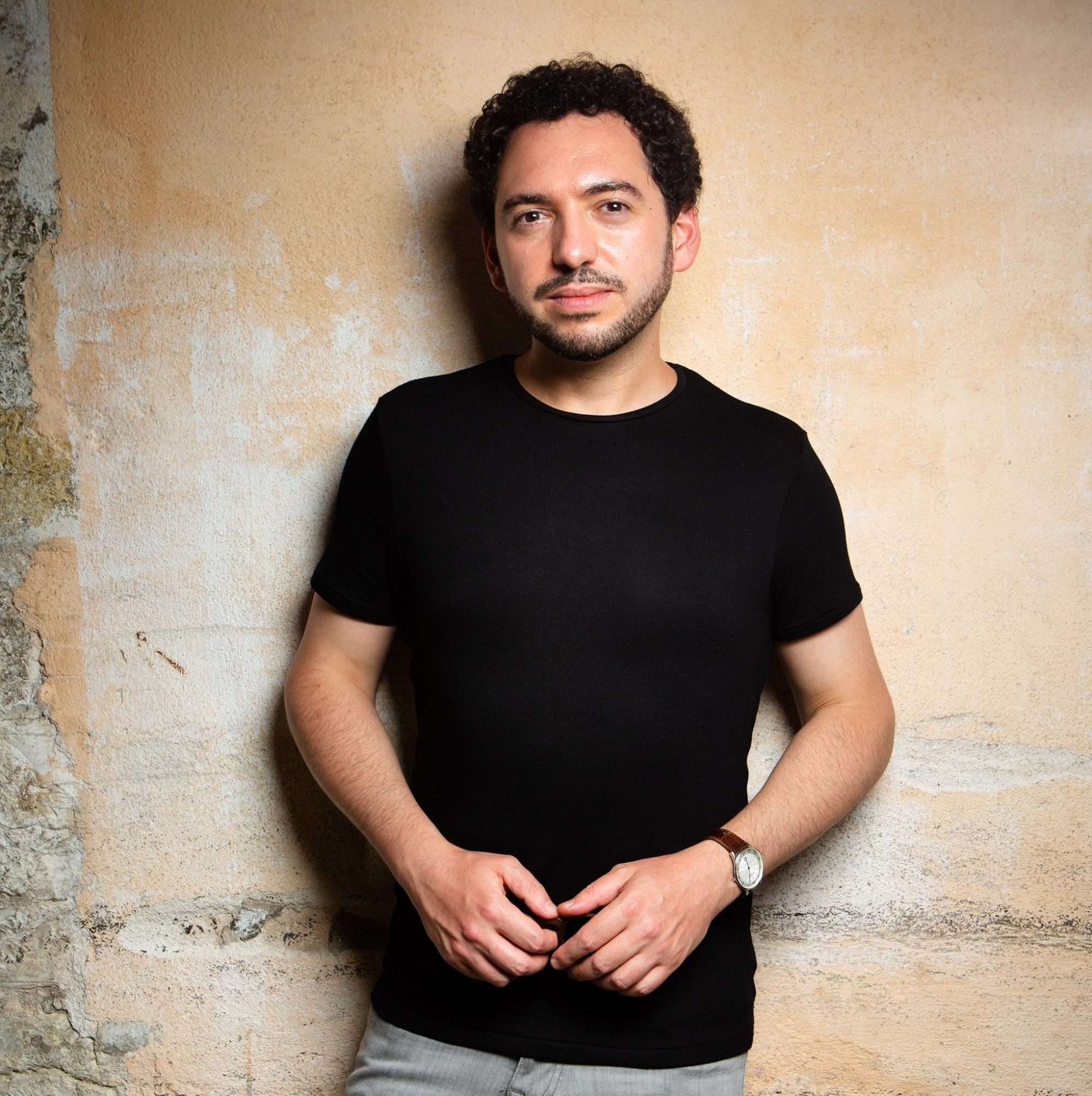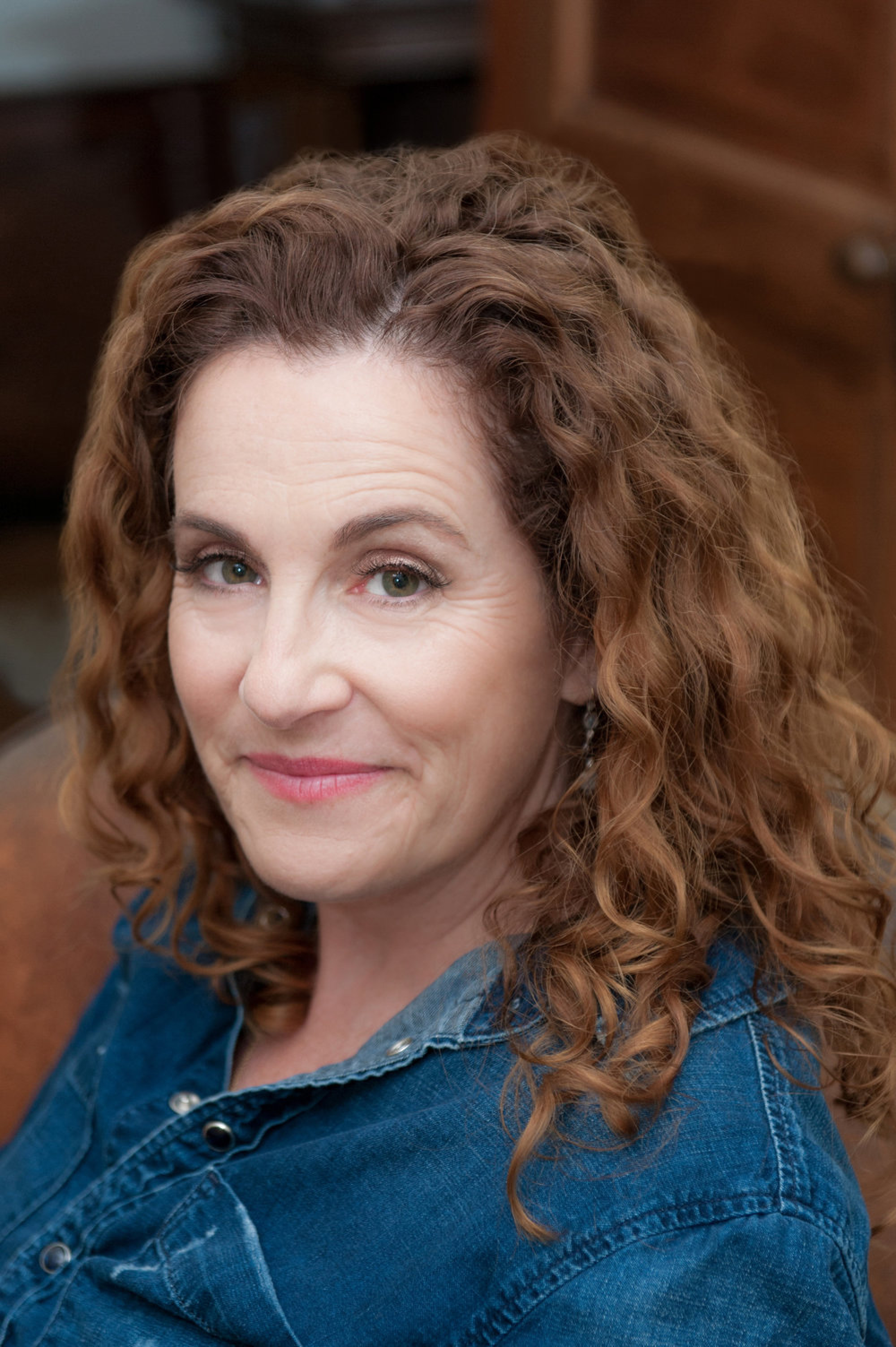
What is microdosing? Using psychedelic drugs in tiny amounts regularly enhances your mood and creativity, its proponents argue. What does the science say?
- One in four people taking LSD or magic mushrooms now microdose to feel uplifted without experiencing hallucinations, a global survey found
- However, an expert says more research is needed to ensure the safety of microdosing, ‘and see whether there’s some validity to the benefits people claim’
Psychedelic drug treatment is the latest Hollywood trend, with A-listers Seth Rogen, Miley Cyrus, Susan Sarandon and Harry Styles all talking openly about their experiences with LSD and magic mushrooms.
Recent Netflix documentary series Have a Good Trip: Adventures in Psychedelics and Hulu original series Nine Perfect Strangers have also helped to bring the world of psychedelics into mainstream culture for the first time in half a century.
A recent report from the UK-based independent research company Global Drug Survey found an increase in people taking psychedelics for medicinal – rather than recreational – purposes, while the demand for psychedelic-assisted therapy is rising.

A growing sub-trend within this culture is microdosing, the ingestion of tiny amounts of psychedelics (around one-20th to one-10th of a recreational dose) on a regular basis.
While all psychedelic drugs are illegal in Hong Kong, traders on e-commerce website Etsy are selling psilocybin in tablet and liquid form in microdose quantities which can be shipped to Hong Kong addresses. Hong Kong hospitals have reported LSD intoxication cases since 2015, with patients claiming the drug was bought from the internet, at a party or from friends.
The history of psychedelics
The use of psychedelics is not a modern phenomenon. Plants with hallucinogenic properties have been used in non-Western cultures for thousands of years, particularly in religious and spiritual ceremonies.

But psychedelics didn’t hit mainstream Western culture until the discovery of LSD in the 1940s by Dr Albert Hofmann. The Swiss chemist synthesised the drug by altering a molecule found in the ergot fungus, which grows on the crop rye.
Hofmann accidentally discovered the psychoactive properties of LSD and the substance was disseminated throughout the psychotherapist community during the 1950s. Under the influence of LSD, patients were able to recall repressed memories and revisit traumas within an extended therapy session.
Soon news of the drug leaked from the scientific community into the wider public, and its use was popularised by dystopian writer Aldous Huxley. Moral panic and political outrage led to it being made illegal in the USA in 1966, with most of the world following suit.

This caused most medical research to ground to a halt until the 2000s, when psychedelic research centres began to re-emerge, most notably at the Charleston Medical University of South Carolina and University of California Los Angeles in the US.
In the UK, Imperial College London is now one of the leading institutions in the field through its Centre for Psychedelic Research.
Non-profit organisation Heroic Hearts Project currently uses psychedelic therapy to treat US military veterans suffering with post-traumatic stress syndrome.
Medicinal effects under study
There is mounting evidence that psychedelics can be an effective treatment for physical as well as mental conditions.
Research suggests that psychedelics can reset neural pathways, reducing the brain’s oversensitivity to pain signals.

A study from Imperial College London has also shown psilocybin may help to reset the brains of depressed patients.
It is believed that psilocybin works by suppressing parts of the brain that filter out information from a person’s senses. As a result, more sensory information reaches a person’s consciousness, causing hallucinations and changes in perception.
The potential risks
Psychedelics are not without their dangers, especially if taken in a non-medical environment. A study in the Hong Kong Medical Journal found patients with LSD intoxication displayed agitation, erratic behaviour, violent behaviour and impaired levels of consciousness.
But leading UK-based drug advisory committee Drug Science said some of the perceived harms of psychedelics – such as addiction and neurotoxicity – were not scientifically supported, particularly when the drugs were taken safely in a medical setting.

The growth of microdosing
One in four people taking LSD or magic mushrooms is microdosing, according to the Global Drugs Survey 2020.
I find it really uplifting and it is phenomenally good at helping you get back to sleep
Rather than being a means of escapism or unlocking the psyche, the purpose of microdosing is to avoid hallucinations and manage day-to-day life more productively.
Writer Benjamin Ramm, who lives in France, has been microdosing with magic mushrooms for the past six months. The 28-year-old says it has boosted his mental clarity, improved his sleep and even helped with his running strength. He strongly disputes any suggestion that microdosing has a placebo effect.
“I find it really uplifting and it is phenomenally good at helping you get back to sleep,” he adds.

Ramm started microdosing in a bid to reach the “mental equilibrium” he had experienced after attending a psychedelic retreat in the Netherlands in 2019.
“For me, the impact of microdosing is part of having doors opened from the macrodose [enough of a psychedelic drug to make you ‘high’, even leading to a loss of self-identity and out-of-body experience],” he says.
Ramm adds: “Taking microdoses with a sense of bravado should be avoided. If you take it for the first time, make sure you are in the presence of someone who can support you.”
Does microdosing work? More research is needed
Research on microdosing is largely inconclusive, with the placebo effect appearing to account for many of the reported improvements in participants.
James Bunn, head of operations at Drug Science, says people are microdosing to treat a huge range of psychosomatic symptoms “but research shows it is not doing as much as people purport it to do”.

The largest placebo-controlled trial conducted by Imperial College London into microdosing in 2018 found no significant difference between those who took microdoses of psychedelics and those who took a placebo.
Interestingly, both groups experienced significant improvements in the domains of well-being, mindfulness, life satisfaction and paranoia.
Results of a small controlled study of 22 adults taking low doses of LSD (or a placebo) were published in the journal Psychopharmacology in 2021. It showed that taking the microdose “may produce subtle behavioural and perhaps therapeutic effects that do not rely on the full psychedelic experience”.
These drugs are already being used out in the world, and it’s important for us to test them under controlled conditions
Research by the University of Chicago published in February in the journal Addiction Biology did not find evidence to support claims that microdosing LSD can improve mood and cognitive function.
But Harriet de Wit, a professor of psychiatry and behavioural neuroscience at the university and the study’s lead author, says that the study doesn’t disprove microdosing’s possible benefits, and it does show that taking small doses of LSD is safe.
The findings point to the important role scientists can play in testing the therapeutic claims made about recreational drugs.
“These drugs are already being used out in the world, and it’s important for us to test them under controlled conditions, ensure their safety and see whether there’s some validity to the benefits people claim,” she says. “That’s something that has been missing from the conversation.”

